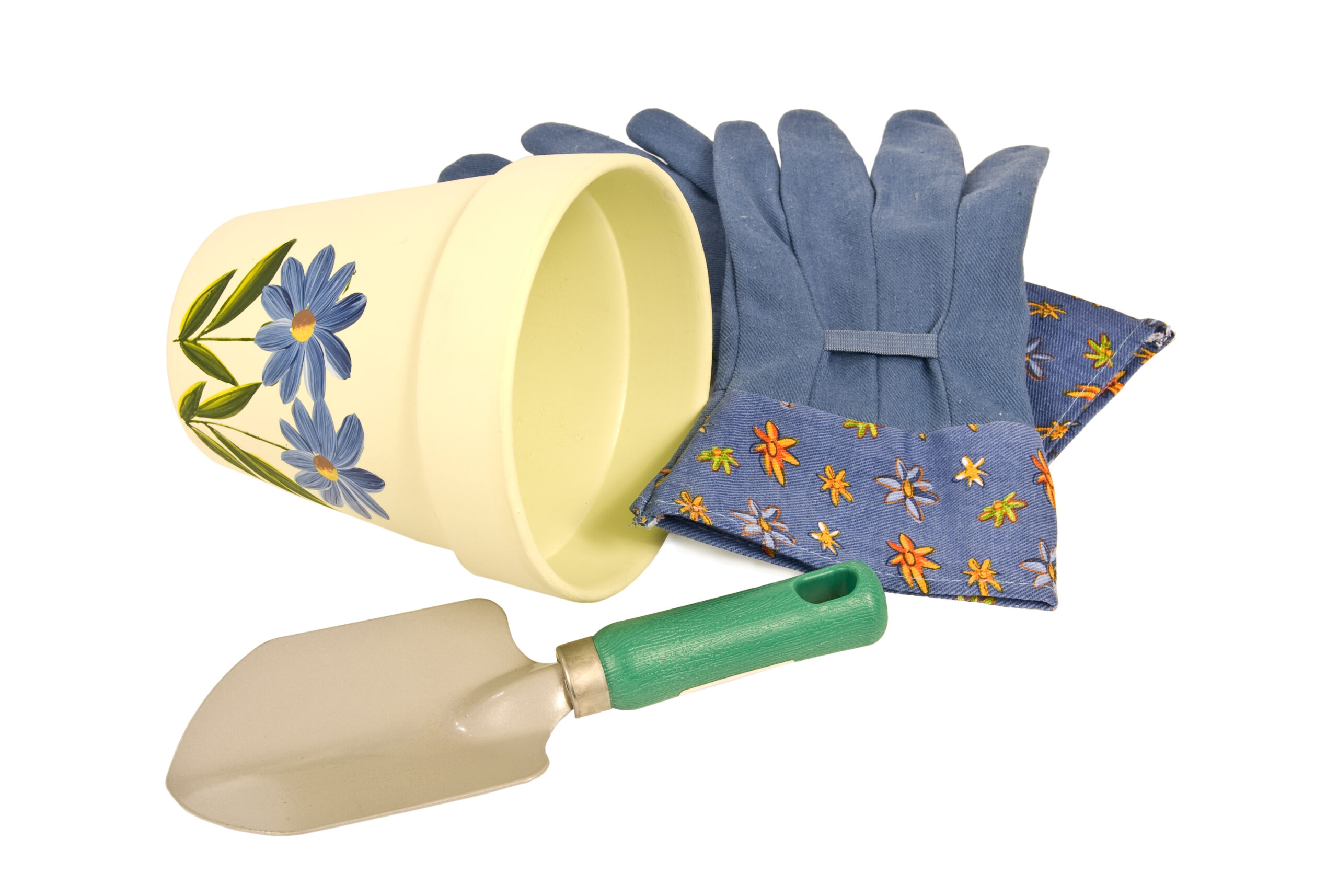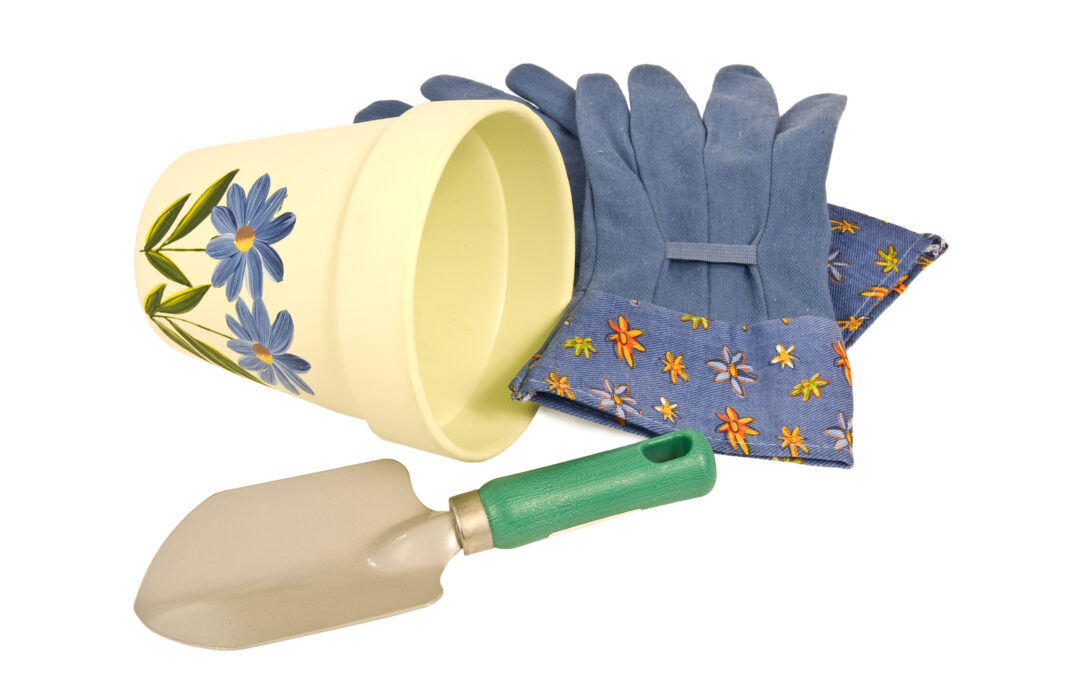Gardening is an excellent way to relax and unwind, but did you know that it can also be a great source of food for your family? With the right planning and execution, starting a home farm can be both rewarding and delicious. In this article, we will explore everything you need to know about growing your own food at home.
Introduction to Home Farming
Home farming has become increasingly popular in recent years as people seek out ways to live more sustainably and reduce their carbon footprint. By growing your own food, you can save money on groceries while enjoying fresh produce that is free from pesticides and other chemicals. Additionally, gardening can provide a sense of accomplishment and satisfaction that comes with cultivating something from scratch.
Choosing the Right Crops and Plants
One of the most important decisions when starting a home farm is choosing which crops and plants to grow. Consider what you enjoy eating and research which varieties are best suited for your climate and soil conditions. Some popular options include tomatoes, lettuce, spinach, carrots, radishes, and herbs like basil and chives. It’s essential to choose crops that are easy to maintain and have high yields so that you can maximize your harvest.
Preparing Your Garden for Planting
Once you have selected your crops, it’s time to prepare your garden for planting. First, remove any existing vegetation or debris from the area where you plan to plant. Then, till the soil to loosen it up and make it easier for roots to penetrate. Add compost or other organic matter to enrich the soil and improve drainage. Finally, create rows or beds for your plants using string or markers.
Tips for Successful Harvests
To ensure successful harvests, there are several tips you should follow. First, keep your plants well-watered but not overwatered, as too much water can lead to mold and rot. Second, use natural fertilizers like compost tea or fish emulsion to feed your plants without harming the environment. Third, practice good pest control by handpicking insects or using natural remedies like neem oil. Fourth, rotate your crops each year to prevent soil depletion and encourage healthy growth.

Conclusion
Starting a home farm may seem daunting at first, but with careful planning and attention to detail, it can be a fun and rewarding experience. By following these steps and taking care of your plants, you can enjoy fresh, homegrown produce all season long.





